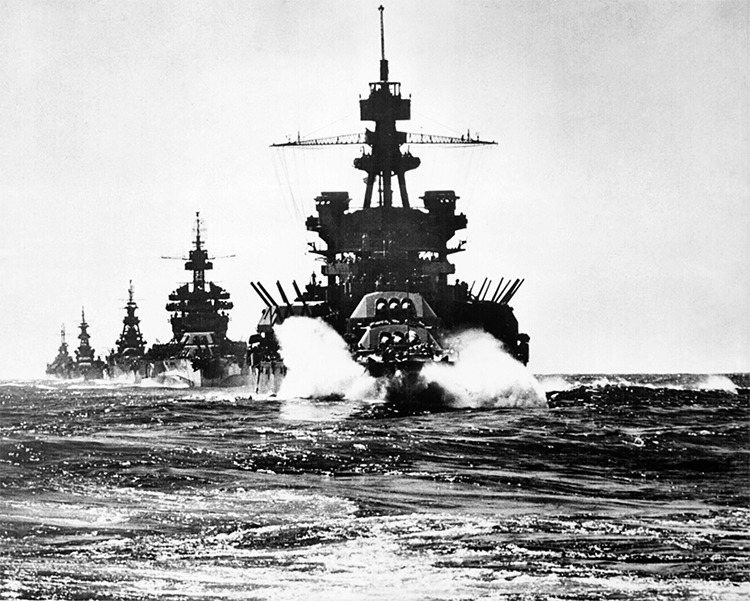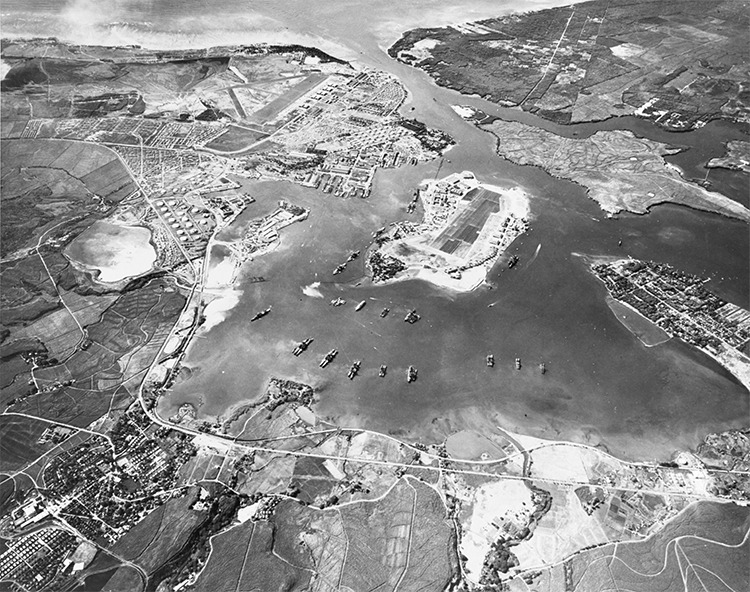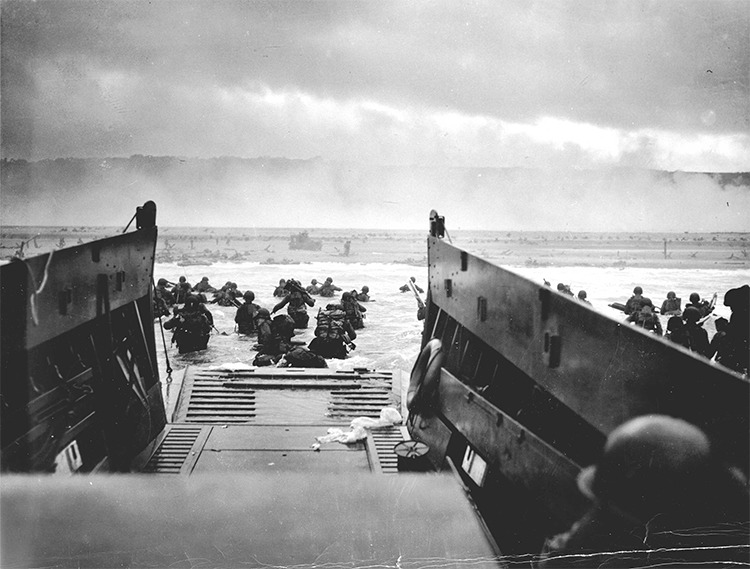World War 2 was the most extensive and bloodiest war in history, involving 30 countries and resulting in the death of about 75-80 million people. Yet, like many wars on record, WW2 ended due to the military triumph of one side rather than negotiation, with the Allied Powers eventually vanquishing after six grueling years of battle. In this article, let’s look at the winning strategy in World War 2 and discover how the Allied Forces turned the tides and halted the global conflict.
On December 7, 1941, the Japanese bombed Pearl Harbor to prevent the Pacific Fleet of the United States from prying into Japan’s planned military activities in the US, UK, and Dutch territories in Southeast Asia. The tragic event, which killed 2,403 U.S. personnel, prompted the U.S. to declare war against Japan on December 8, 1941. Germany was urged to declare war on the U.S., which also led to the United State’s declaration of war on Germany on December 11, 1941.
In late December, the Big Three, the United States, Great Britain, and the Soviet Union, along with China, established a Grand Alliance. They formed a broad strategy, signaling the impending doom of the Axis Powers. The plan was to stop the Nazis from invading the Soviet Union, cease Nazi activities in the North African region, open a second front to distract the significant number of the Nazis, and rescue China from the Japanese invasion.
The U.S. and Great Britain were tasked to handle North Africa and start the second front. China geared towards claiming victory through the help of American and British troops, while the Soviet Union became responsible for the Eastern Front. Though the plan seemed to be impressive, there has been chaos within the Big Three. While they were allies, they never really seemed to trust one another.
First, Roosevelt, a renowned anti-Imperialist, didn’t fully trust Churchill as he disagreed with the latter’s imperial ways. Moreover, the two great leaders didn’t agree on how to deal with Germany. Americans wanted to land directly and immediately by crossing the English Channel in 1942.
Churchill thought otherwise, deeming that a seaborn landing is one of the riskiest military strategies, and instead pushed from Mediterraneaan Sea. Though the U.S. resisted, he was able to delay it until June 6, 1944, marking the D-Day invasion of Normandy on June 6th. It was the largest seaborne invasion in world history, which liberated Paris and Brussels.
Stalin, on the other hand, also aimed for a different strategy. His country was suffering from the Nazis since June 1941 after Hitler, his former ally, broke their pact and decided to invade Russia. It was only in February 1943 in the Battle of Stalingrad when the Soviets troops finally stopped the Nazi’s advancement into the Soviet Union, further spelling tragedy for the Germans. Allies then continued to bomb Germany, cut supplies of the Nazis, and stopped the Nazis’ last attempt in the Battle of the Bulge in 1944.
Fortunately, America was able to defeat the Japanese forces early in the Battle of Midway on June 4-7, 1942, crushing Japan’s hopes to prevent the United States, and significantly reducing their fleet, making them a less formidable power for the rest of the war.
On May 7, 1945, Germany surrendered and marked the Allied Forces’ victory in Europe. Yet, Japan continued to fight alone in the Pacific Theater. The United States wanted to bring a swift end to the conflict and dropped the first atomic bomb on Hiroshima on August 6, 1945. Japan still stood on its ground, forcing the U.S. to drop a more powerful bomb on August 9, 1945.
On midnight of August 9th, Soviet Union also declared war against Japan, invading the Japanese-controlled Manchuria situated in northeastern China. Japan first surrendered on August 14, 1945, and officially signed it on September 2, 1945. On that date, a great victory has been won. Thanks to the Grand Alliance of the Big Three, who, despite their differences and own “battles,” worked together in stopping the global chaos.


